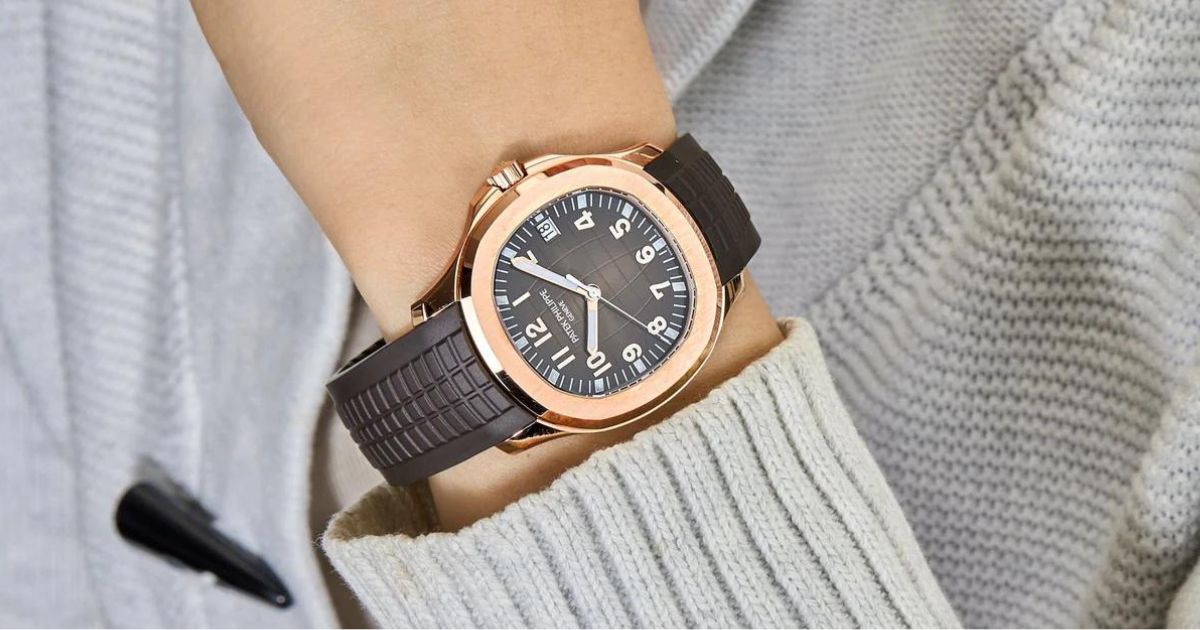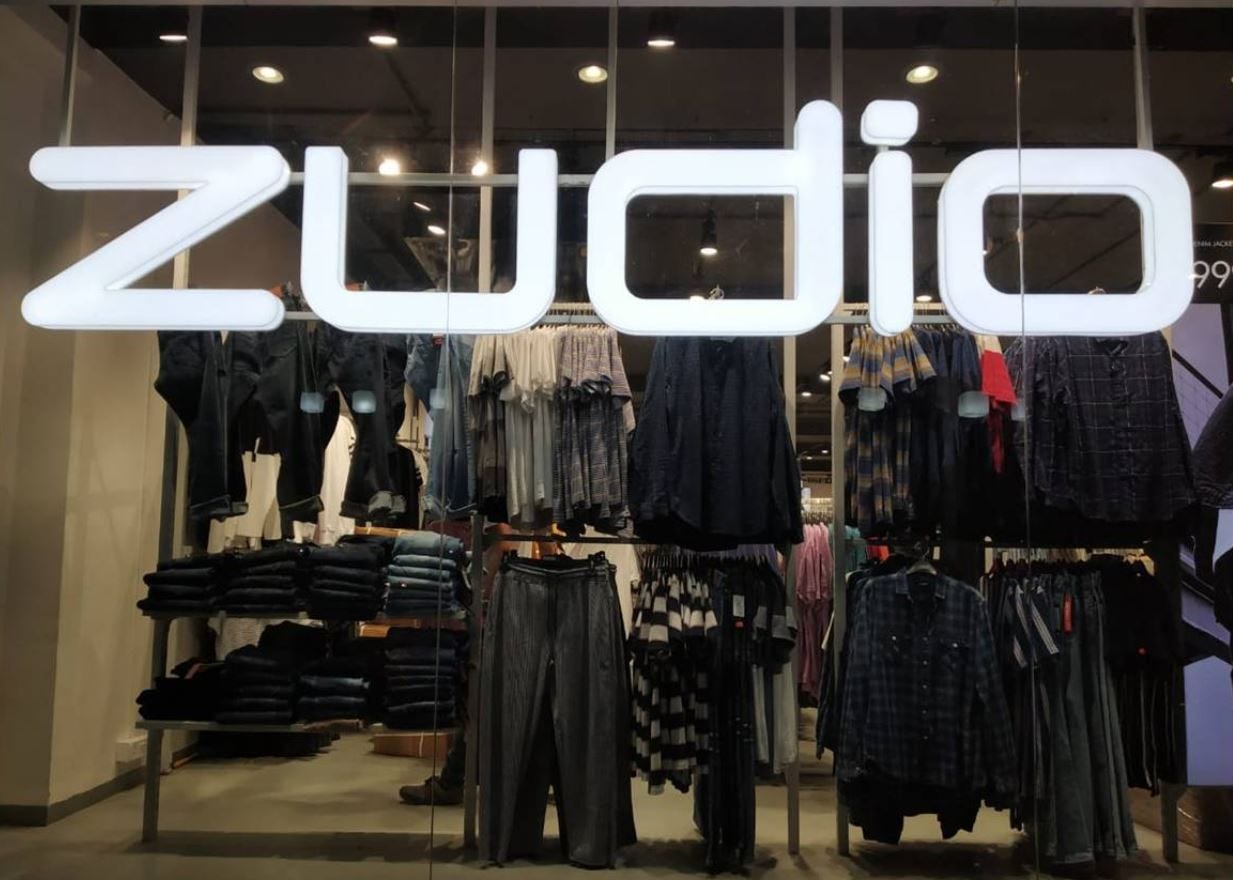Introduction
Throughout history, the military uniform has served as a powerful and defining symbol in various countries, representing different eras, and evoking a wide range of beliefs. For many, it carries both positive and/or negative connotations deeply rooted in historical experiences and societal perceptions. The influence of military uniforms extends beyond their original purpose, spreading into the realm of fashion, adopting elements such as structured silhouettes, distinct colors, and intricate details into everyday clothing. From the embellished and structured styles of the 19th century to the more relaxed and utilitarian influences seen in modern streetwear, the impact of the military on fashion remains an undeniable and enduring force.
The Iconic Foundation of The Roman Soldiers

The military is undoubtedly one of the most crucial and influential organizations in the entire world as whole, holding a rich history and deep-rooted traditions with each army. Over the centuries, military attire has evolved and adapted to the ever-changing nature of warfare. The significance of battle dress and its impact on human conflict is evident throughout history. A prominent example of early battle dress is the attire worn by Roman soldiers during the fall of the Ancient Roman Empire. An army soldier would often wear a “Cuirass”—A breastplate and a backplate that covers the torso, typically made of metal. Equally mandatory to the Roman soldier was their shield, a vital element of their defense and a symbol of their strength and skill. People can often associate this uniform with a military symbol. This symbol portrays how military uniforms and attire have had a lasting influence on fashion and continue to shape our perceptions of strength and resilience even now in the 20th century.
The Military Impact During the World Wars

During World War I in the 19th century, the practical and durable nature of military-style clothing significantly influenced civilian fashion. In particular, the adoption of military-style garments in everyday life became a prominent trend. The trench coat, initially designed for British soldiers, emerged as one of the most iconic garments, appreciated for its waterproof fabric, functional design, and stylish appearance. This versatile piece not only served military purposes but also became a popular and practical choice for civilians, reflecting the impact of wartime clothing on everyday fashion.
During World War II, the military’s impact on fashion continued to be significant as women were required to take on roles that were traditionally held by men, leading a change in women’s fashion to more functional clothing. From 1939 to 1945, Women’s fashion had a complete turnaround as they then often wore “wraparound dresses with fewer adornments and pinned their hair back to avoid getting it caught in the machinery” (Kratz, 2014). The utilitarian approach of these pieces became an enduring trend in fashion.
The influence of military uniforms on fashion is profound, underscoring the enduring appeal of structured, practical, and authoritative designs. This impact can be traced back through centuries, reflecting not only the evolution of military attire but also broader societal shifts and cultural attitudes.
Historically, military uniforms have always been designed with functionality in mind, prioritizing durability, practicality, and ease of movement. These attributes have seamlessly transitioned into civilian fashion, where the emphasis on practicality and structure has found a standard audience. The early 20th century, particularly during and after the World Wars, had a significant crossover of military styles into everyday wear.
As fashion continues to progress, the legacy of military uniforms will undoubtedly remain a significant source of inspiration. The timeless appeal of structured and practical designs, combined with the societal recognition that the military attire represents, ensures that military influences will persist in shaping the fashion industry. This enduring impact highlights the dynamic interplay between fashion, functionality, and societal values, demonstrating that the evolution of fashion is indefinitely linked to the broader historical context.

Conclusion
The influence of military uniforms on fashion is profound, underscoring the enduring appeal of structured, practical, and authoritative designs. This impact can be traced back through centuries, reflecting not only the evolution of military attire but also broader societal shifts and cultural attitudes.
Historically, military uniforms have always been designed with functionality in mind, prioritizing durability, practicality, and ease of movement. These attributes have seamlessly transitioned into civilian fashion, where the emphasis on practicality and structure has found a standard audience. The early 20th century, particularly during and after the World Wars, had a significant crossover of military styles into everyday wear.
As fashion continues to progress, the legacy of military uniforms will undoubtedly remain a significant source of inspiration. The timeless appeal of structured and practical designs, combined with the societal recognition that the military attire represents, ensures that military influences will persist in shaping the fashion industry. This enduring impact highlights the dynamic interplay between fashion, functionality, and societal values, demonstrating that the evolution of fashion is indefinitely linked to the broader historical context.
Author : Jazlyn Ricalde
Works cited
Rabinovitch-Fox, Einav. “The Military Has Long Had Ties with the Fashion Industry.” Washington Post, 22 Aug. 2022, www.washingtonpost.com/made-by-history/2022/08/22/military-has-long-had-ties-with-fashion-industry.
Sardone, Antonia. “Military Inspired Fashion Archives – University of Fashion Blog.” University of Fashion Blog, 10 Nov. 2023, www.universityoffashion.com/blog/tag/military-inspired-fashion.
Kratz, Jessie. “Shorter Skirts and Shoulder Pads: How World War II Changed Women’s Fashion.” Pieces of History, 8 Sept. 2014, prologue.blogs.archives.gov/2014/09/08/shorter-skirts-and-shoulder-pads-how-world-war-ii-changed-womens-fashion/#: ~:text=Working%20women%20traded%20in%20their,it%20caught%20in%20the%20machinery.
“World War II: Causes and Timeline | HISTORY.” HISTORY, www.history.com/topics/world-war-ii.
Chloe. “Styles of Roman Battle Dress for War in Costume History.” Fashion-Era, 17 July 2023, fashion-era.com/ancient-costume/roman-empire-clothing.
McRobbie, Linda Rodriguez. “The Classy Rise of the Trench Coat.” Smithsonian Magazine, 26 May 2015, www.smithsonianmag.com/history/trench-coat-made-its-mark-world-war-i-180955397.
—. “Shorter Skirts and Shoulder Pads: How World War II Changed Women’s Fashion.” Pieces of History, 8 Sept. 2014, prologue.blogs.archives.gov/2014/09/08/shorter-skirts-and-shoulder-pads-how-world-war-ii-changed-womens-fashion.

















